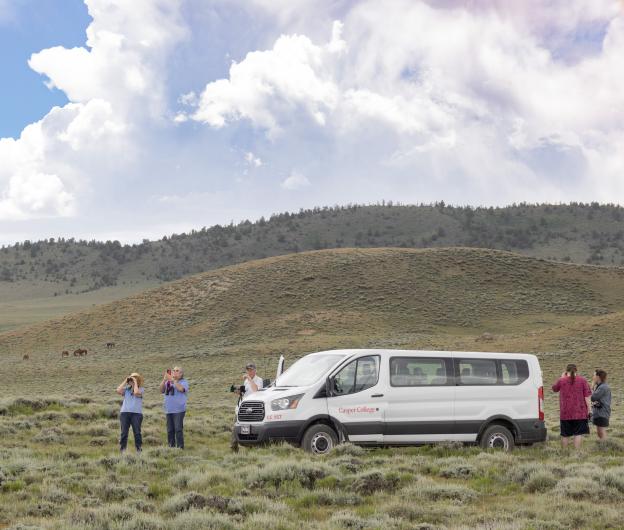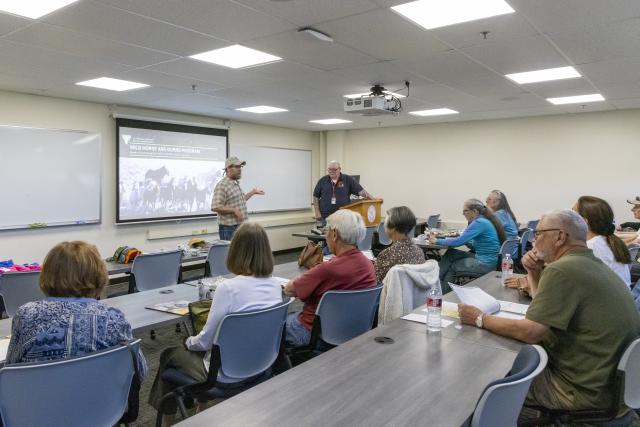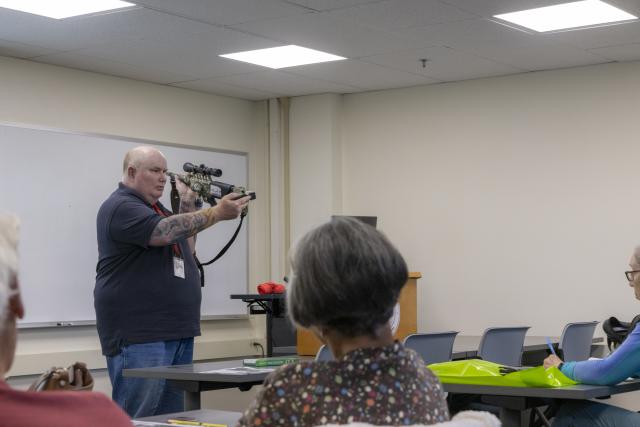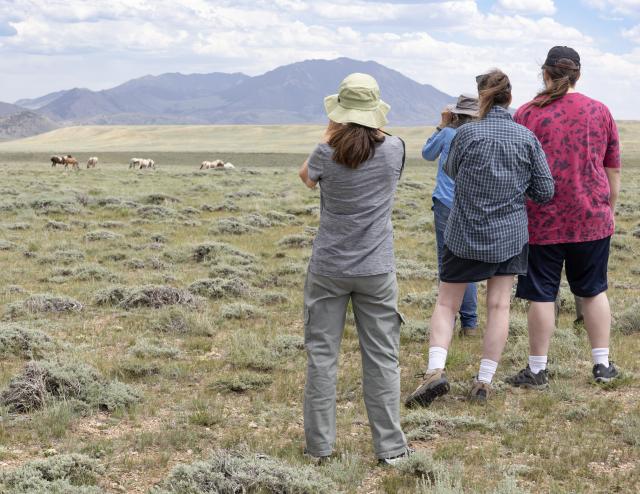Related Stories
- Popular posts: BLM's most viewed blogs of 2025
- Rural wildland firefighting partners grateful for BLM gift
- Inspiring Future Land Stewards Through STEAM
- “Where did my horse come from?” BLM launches a new way for adopters, trainers and others to learn about their wild horses and burros
- Lake Havasu Fisheries Improvement Program: Thirty years of stewardship, science, and community
Office
1300 North Third
PO Box 2407
Rawlins, WY 82301-2407
United States
Phone:
Email:





